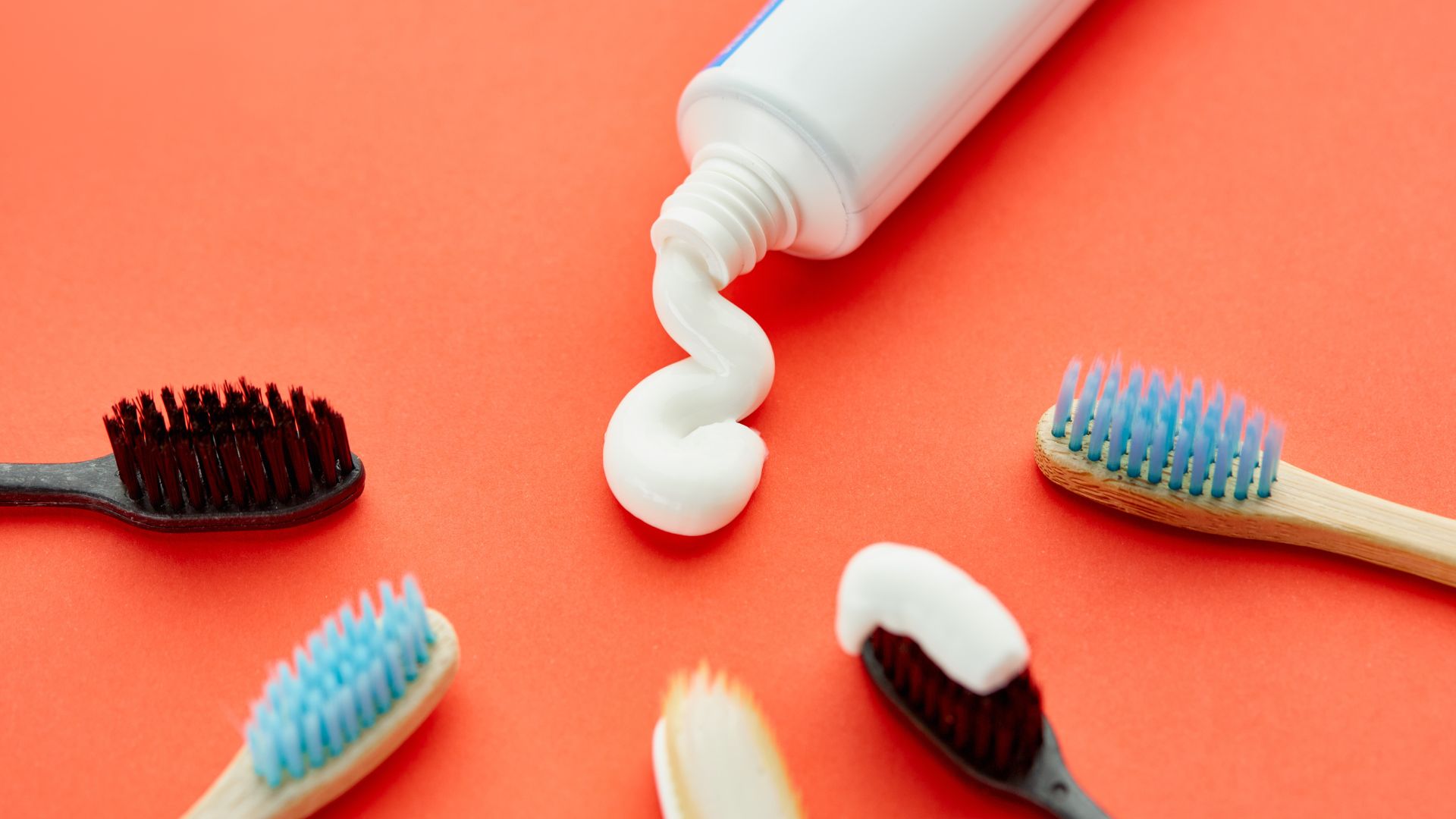Understanding Filling Teeth: Types, Costs, and Procedures

When it comes to maintaining optimal oral health, filling teeth plays a critical role in preventing and treating tooth decay, a common issue that can lead to more serious dental problems if left unchecked. As a tooth or dental health consultant, it’s important to understand the variety of fillings available, their costs, and the procedures involved. Whether you’re dealing with cavities, dental abscesses, or the aftermath of a tooth extraction, knowing your options can make a significant difference in your dental care routine. By integrating best practices in dental hygiene, you can ensure that your fillings last longer and support your overall dental health.
This article will guide you through the essentials of filling teeth, including comparing the different types of tooth fillings—ranging from traditional inlays to advanced composite materials. You’ll discover not only the tooth filling cost but also how to determine which type of filling is most suitable for your needs. Additionally, we’ll cover vital questions to ask your dentist about fillings, offering insights into the long-term care for dental fillings to maximise their benefits. Armed with this knowledge, you’ll be better equipped to make informed decisions about your dental care, ensuring that your smile remains healthy and bright.
Dental Fillings: An Overview

Dental fillings are crucial in restorative dentistry, primarily used to repair minor fractures, tooth decay, or damage on tooth surfaces. They help restore the functionality and aesthetics of teeth, ensuring better biting and chewing. The procedure begins with the dentist preparing the tooth and surrounding areas, removing any decay or damage, and cleansing the area to eliminate bacteria or debris before applying the filling material.
There are various materials used for dental fillings, each with its advantages. Composite fillings, for instance, are mercury-free and match the natural colour of teeth, enhancing their aesthetic appeal while restoring strength. Porcelain fillings, known for their resistance to staining and abrasion, are custom-made to fit perfectly, offering a durable solution. On the other hand, amalgam fillings, made from a mixture of metals, are valued for their longevity and cost-effectiveness.
The choice of filling material impacts the longevity and effectiveness of the treatment. Some materials, like composite resin and porcelain, can last up to 20 years with proper care. The procedure for placing fillings can be direct or indirect, with direct fillings being placed in one office visit, while indirect fillings, like inlays and onlays, might require two visits.
As a dental health consultant, it’s important to understand these options to provide tailored advice based on individual patient needs, ensuring both the functionality and aesthetic requirements are met effectively.
Comparing Different Types of Fillings

Gold Fillings
Gold fillings are known for their durability, often lasting between ten to fifteen years and sometimes even longer due to their strong, non-corrosive properties. Many patients appreciate the aesthetics of gold, especially in visible areas of the mouth. However, gold fillings are significantly more expensive, costing up to ten times more than silver amalgam fillings, and require at least two visits to complete the placement.
Silver Fillings
Silver amalgam fillings, comprised of a mixture of metals including mercury, silver, tin, and copper, are celebrated for their strength and durability, typically lasting ten to fifteen years. They are also among the most cost-effective options. Despite their longevity and strength, silver fillings are less aesthetically pleasing due to their colour and may cause discolouration to the surrounding tooth structure. Concerns regarding the safety of mercury used in amalgam have been debated, though it is generally considered safe by dental health associations.
Tooth-Coloured Composites
Composite resin fillings offer a more aesthetic alternative, capable of being closely matched to the natural colour of your teeth. They bond chemically to the tooth structure, providing additional support and requiring less removal of the tooth structure compared to amalgam fillings. However, composites are less durable than gold or silver fillings, typically lasting around five years, and are more expensive than amalgam fillings. They are suitable for small to medium-sized cavities but may not be ideal for areas under high chewing pressure.
Questions to Ask Your Dentist About Fillings
-
Why do I need a dental filling?
Understanding the primary reason for a dental filling is crucial. You should ask your dentist to explain the nature of the decay and damage and how the treatment will address your issue.
-
What types of dental filling will you use for the procedure?
There are various types of dental filling materials available. It’s important to request your dentist to explain the pros and cons of all the options and recommend the most suitable one based on your dental requirements.
-
Is the treatment procedure painful?
Inquire about the level of pain or discomfort you might experience during and after the treatment process. Also, ask about the anesthesia options available for pain management.
-
What will be the lasting time of the fillings?
Discuss the expected longevity of the filling and whether any maintenance will be required, as different materials vary in durability.
-
Are there any potential risks or complications?
Being aware of any potential dangers and complications related to dental fillings treatment is crucial. Your dental healthcare provider should explain any potential side effects or risks, such as sensitivity or allergies.
-
What will be the cost of the procedure?
Dental fillings can vary in prices depending on various factors, including the type of filling material used and the complexity of the treatment. Ensure you understand the financial aspect and whether it’s covered by your insurance.
-
What will be the aftercare steps?
After undergoing a dental filling procedure, you may need to follow certain precautions or particular oral hygiene practices. Your dentist should provide guidance on post-treatment care.
-
Will the filling match my natural teeth after the treatment?
If aesthetics is a concern, ask your dentist about the appearance of the filling. Some materials, like tooth-coloured composites, can closely mimic the look of natural enamel.
Long-Term Care for Dental Fillings
Avoiding Hard Foods
After a dental filling, it’s crucial to avoid chewing on hard foods to protect your new restoration. Hard foods can exert excessive pressure on the filled tooth, potentially causing the filling to crack or become dislodged. For the first 24 hours, stick to a soft diet including foods like soup, yoghurt, and smoothies. Gradually introduce harder foods, and if you must chew on something hard, use the back teeth which are stronger and less likely to cause damage to the fillings.
Regular Dental Visits
Maintaining regular dental check-ups is essential for the long-term care of your dental fillings. These visits allow your dentist to monitor the condition of your fillings and address any issues early on. During these check-ups, your dentist can also perform professional cleanings to remove plaque and tartar build-up around the fillings, contributing to their longevity and preventing decay. If you have a habit of grinding your teeth, discuss the possibility of using a mouthguard with your dentist to protect both your natural teeth and fillings from further damage.
Conclusion
Navigating the world of dental fillings can initially seem daunting, yet understanding the various types available, their costs, and the procedural aspects can profoundly impact your oral health decisions. As a consultant specializing in dental health, it’s crucial to emphasize the significance of selecting the right type of filling material, not just for functional restoration but also for the aesthetic harmony of one’s smile. Through integrating comprehensive dental care practices, individuals can extend the life of their fillings, thereby maintaining not only the health but also the brightness of their smile.
However, preventing the need for fillings in the first place is just as important. This is where the right choice of toothpaste can play a significant role. One such option worth considering is toothpaste that incorporates natural enzymes.
Enzyme-based toothpastes are formulated to provide gentle yet effective cleaning by breaking down food particles and reducing plaque buildup. This not only helps to keep your teeth clean but also supports the health of your gums and overall oral environment. Unlike some conventional toothpastes that may contain harsh abrasives, enzyme-based alternatives offer a milder approach that is less likely to cause irritation or damage to sensitive gum tissues.
In addition to their cleaning properties, natural enzymes can also help reduce inflammation in the mouth. This can be particularly beneficial for individuals who are prone to gum issues or who are looking to maintain optimal oral health. By incorporating enzyme-based toothpaste into your daily dental care routine, you can help prevent the conditions that often lead to the need for fillings, such as cavities and gum disease.
For those seeking a natural and effective alternative to traditional toothpaste, exploring enzyme-based options can be a wise choice. These innovative formulations can complement your regular dental care practices, providing an added layer of protection and promoting overall oral health


